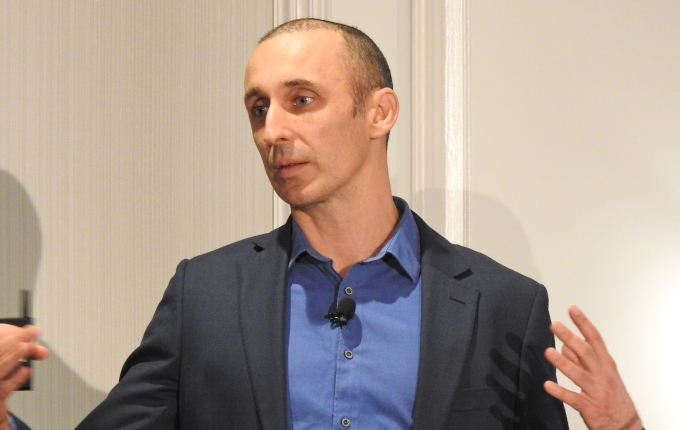Is this time different?
The dragonfly is often represented as an agent of change, with its agility reflected in its ability to move comfortably on land, water or air. That symbol of change is further reflected in the search for a deeper meaning “beyond the surface”, as exemplified by the insect’s scurrying flight across the water.
While there’s broad consensus of a current regime change in global markets, what’s less clear is the ramification for investors’ portfolios.
Issues relating to the central banks’ move from quantitative easing (QE) to quantitative tightening (QT), technological disruption, interest rate supercycle or the sustainability imperative are significant considerations for portfolio construction.
How should portfolios be transformed to reflect current realities?
Dealing with uncertainty
In Asia, the Chinese see the dragonfly as a sign of prosperity and harmony, while the Japanese Samurai respect it as a symbol of power and victory.
However the western world associate the flying insect as witches’ animal, variously called Ear Cutter, Eye Poker, Snake’s Servant and Horse Stinger, sent to earth to cause chaos.
Across cultures, these dragonfly myths evoke conflicting interpretations, each accompanied by plausible explanations.
Without sound governance framework and operating philosophy, investors risk being distracted by market commentaries and forecasts
- Are inflationary forces back, or are they disrupted by technological innovation?
- Will the liquidity issues relating to passive, risk parity and systematic investing lead to the next crisis? Or should investors be worrying more about systemic risks in the high yield debt and forex markets?
- What is the impact of impending trade wars and geo-political risks on the markets? Or are they not relevant?
- Technology is evolving quickly with data science playing an increasing role in portfolio construction. Will this exacerbate market volatility in times of stress?
Building robust portfolios
The breakdown in correlation between equities and bonds has raised doubts about the efficacy of traditional asset allocation approaches. While there is consensus that the static 70/30 or 60/40 balanced portfolio has significant flaws, the jury is out in terms of suitable alternative models.
Implementing dynamic asset allocation is by no means easy.
At this sixth annual Global Investment Strategy Forum, we will attempt to uncover the nature of market structures and liquidity, analyse diversification and diversity in the portfolio as well as examine governance and stewardship matters.
Enquire about this event





